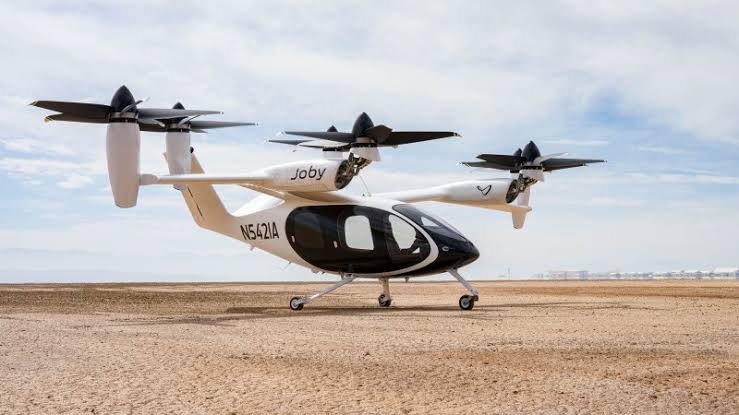Hydrogen-Powered Air Taxi Flew Over 800 KM Leaving Only Water Vapour As Emissions – Startup Pakistan

Joby Aviation has reached a significant milestone by successfully flying a hydrogen-powered VTOL (vertical takeoff and landing) aircraft over a distance of 800 kilometers.
This innovative aircraft produces only water vapor as emissions, showcasing the potential of hydrogen to increase flight range while reducing environmental impact compared to traditional jets.
The hydrogen-powered prototype represents a major step forward in sustainable aviation technology. By using hydrogen fuel cells, the aircraft can achieve longer flight ranges with minimal pollution, making it an attractive option for future air travel.
The success of this flight highlights hydrogen’s capabilities in the aviation sector and sets the stage for further advancements.
However, there are still challenges to overcome regarding the sustainability and cost-effectiveness of hydrogen production. Despite these obstacles, Joby Aviation is optimistic about the future of hydrogen-powered aircraft.
They believe that such technology could significantly improve regional travel efficiency. For example, flights between cities like Nashville and New Orleans could become more common and environmentally friendly.
This new technology aligns with global efforts to achieve net-zero in-flight emissions. By integrating hydrogen-powered aircraft with existing battery-electric models, the aviation industry can move closer to its sustainability goals.
The potential for hydrogen fuel cells to revolutionize air travel is immense, offering a cleaner, more efficient alternative to conventional jets.
As Joby Aviation continues to develop and refine this technology, the future of air travel looks promising.
Hydrogen-powered VTOL aircraft could soon become a common sight, offering a greener way to travel and reducing the aviation industry’s carbon footprint. This breakthrough not only represents a technological achievement but also a significant step toward a more sustainable future for air travel.
Source link



